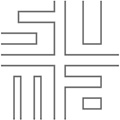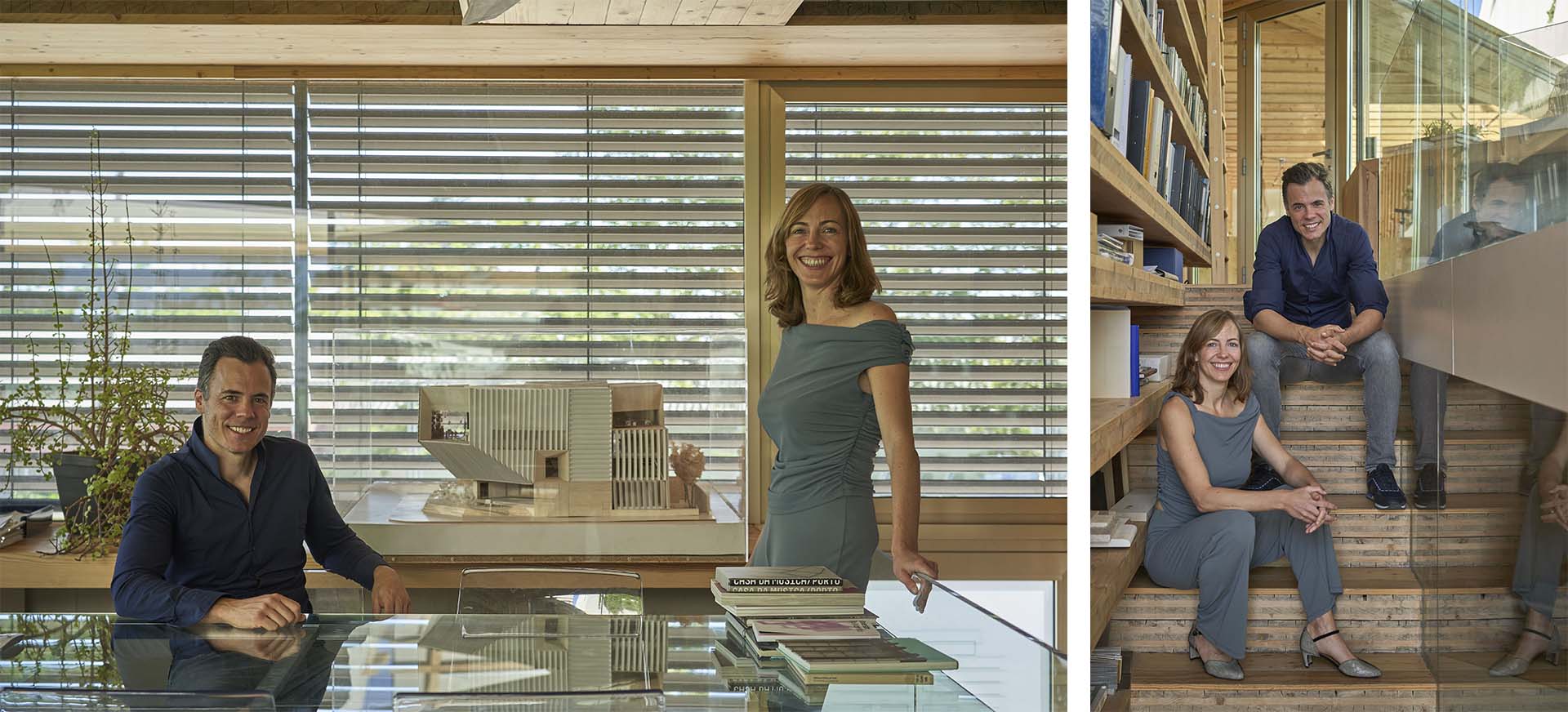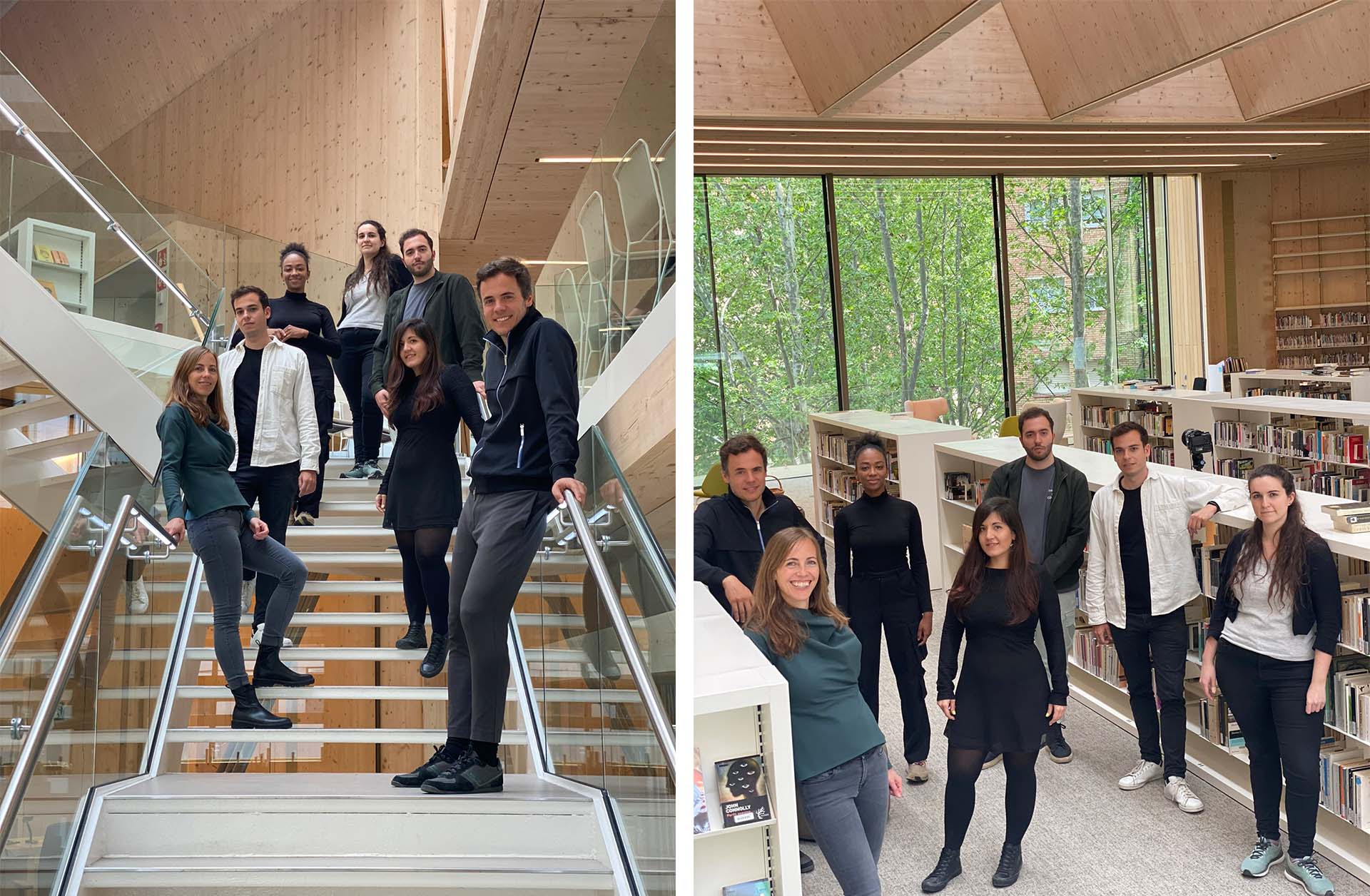SUMA is an architectural firm specialized in singular residential and public architecture, whose work is characterized by research and a pioneering and entrepreneurial drive. They have developed an ecosystemic design system that fosters social bonds in our built environment, the use of bio materials such as wood and a high ecological responsibility.
Their works have won numerous awards: EUmies Awards 2024 Emerging Architecture Award, COAM First Prize, IFLA Award for Best Public Library in the World, FAD Award, Ciutat de Barcelona Award, ASPRIMA-SIMA Awards, NAN Award, REBUILD Awards, AITIM-ASA-ONESTA Wood Architecture Awards and Wood Design Awards.
The studio is led by Elena Orte and Guillermo Sevillano. Architects graduated from the Polytechnic University of Madrid (ETSAM), Master in Advanced Architectural Design from the same school and from Columbia University in New York, respectively. Elena and Guillermo founded SUMA in 2005 and are currently professors at the Polytechnic School of Architecture in Madrid and at the IAAC in Barcelona. SUMA has participated in different exhibitions (IFEMA Madrid Fair, Matadero, EMVS, Fresh Madrid) and conferences in New York, Beijing, Austria, Turkey, Australia, Luxembourg, Latvia and Uruguay.
SUMA is located in Madrid and comprises a multidisciplinary team of professionals who participate in the design process: architects, engineers, agronomists, landscape architects, experts in sustainability, architectural communication, sociologists, etc.
SUMA has won several national and international competitions including the Gabriel García Márquez Library in Barcelona, the Library and Multipurpose Center of Fuerteventura, 91 public housing units in San Francisco Javier and 73 public housing units in San Sebastián de los Reyes (for the Municipality and Government of Madrid). They have also been selected and awarded prizes in competitions such as the Helsinki Central Library and the Verín Arts Center in Galicia.
PRINCIPALS
Elena Orte, architect
Guillermo Sevillano, architect
CURRENT TEAM
Marta Romero (SUMA), Alvaro Romero (SUMMUM), Efraín Redondo (SUMMUM), Clara Sevillano (SUMMUM), Pablo Malga (MASS), Anny Peña (AMUSE), Ana Toader (ADMIN)
PREVIOUS TEAM
Jesús López, Diego Guerrero, Marta Morato, Ana Patricia Minguito, Héctor Ayarzah, Pablo Corroto, María Abellán, Coral Moore, Diego Molina, Luis Sierra, Sara Contreras, Bárbara Rodriguez, Luis Quintano, Ignacio García, Ignacio Peñarrubia, Naroa Díez, Javier Janda, Sónia Barbosa, Jesús Rodríguez, Jose Gallardo, Juan Muñoz, Álvaro Santi, Eduardo Casau, Laura González, Jorge Fuentes, Elisa Calvo, Celia Gorostizu, Alberto García de Vicente, Fran Orellana, Diego Melero, Pablo Fernández, Costanza Magli, Juan Arjona, Carmen Raya, Irene Almazán, Anca Dora, Lucía Rubiera, Sergio Martínez, Alejandra Esteban, Beatriz Muñoz, Carmen Sanz, Lucía Larraz, Sonam Mohanani, Rita Álvarez-Tabío, Miguel Ángel Maure, Miguel Rivera, Ligia Evangelista, Ricardo Herrero, Raúl Maximiliano, Konstantina Papalexi, Fiorakis Konstantinos, Antonio Sollo, Viola Fonnesu.
CONSULTANTS / COLLABORATORS
Nuria Sáiz, civil engineer. Jesús Granada, photos. Lorenzo de Nicola, photos. Miguel Nevado, timber structure engineer. Urculo Ingenieros, facilities engineer. CABA sostenibilitat, energy efficiency engineering. Julio Gonzalez, landscape engineering. Jesús Huerga, structure Engineer. Antonio Molina and Raúl Romero, facilities engineer. Miguel Sánchez. computer science engineering. Ares Ingenieros. services and mechanical engineering. Riccardo Forabosco, artificial grass. ENAR, facade consultants.


